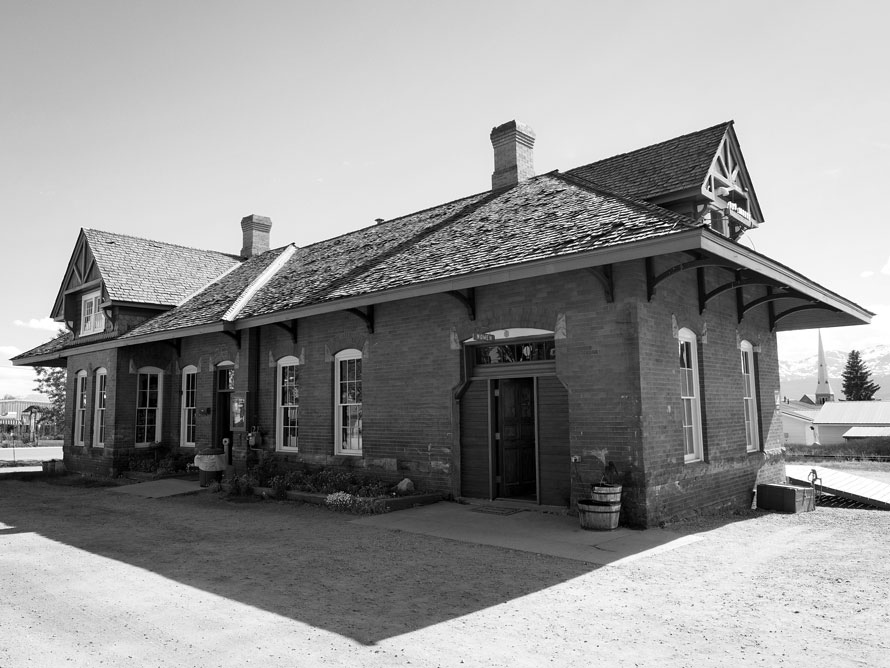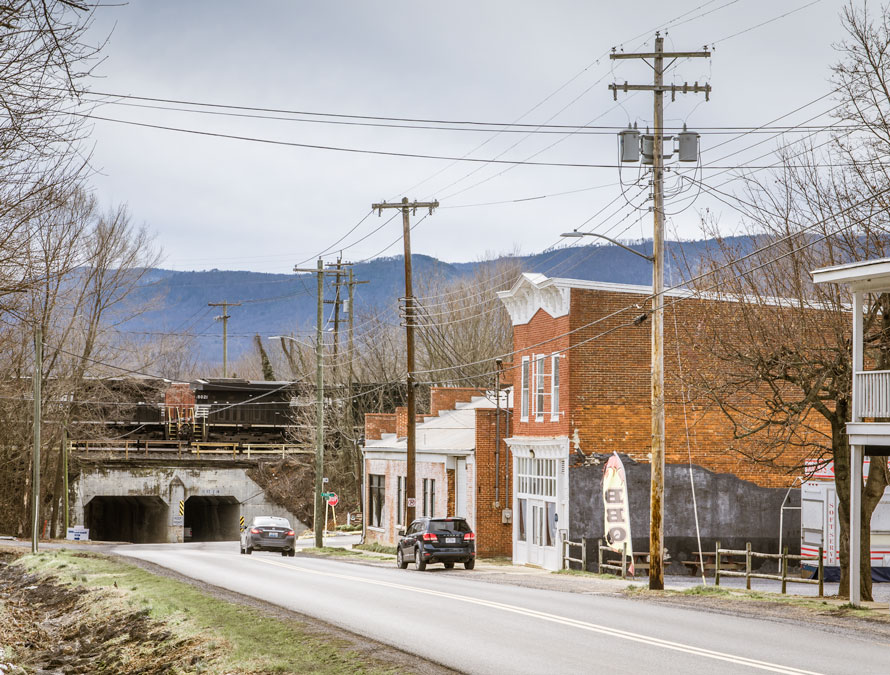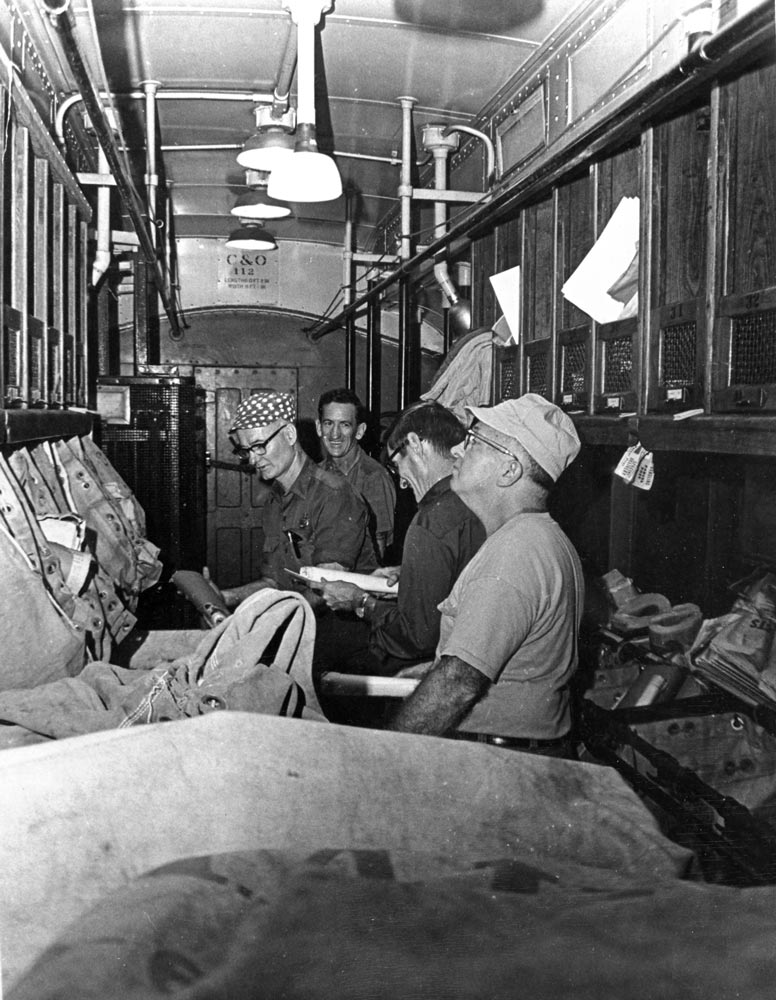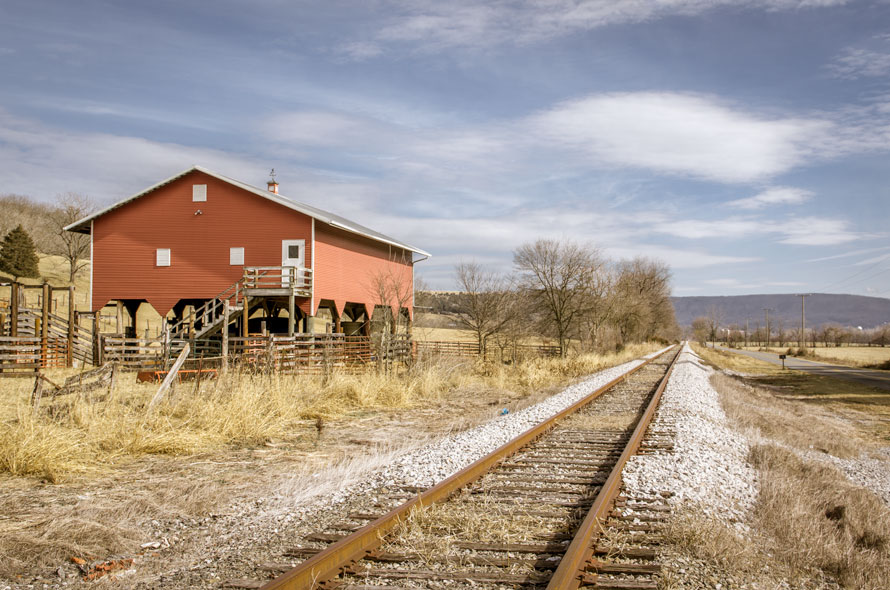
I grew up in a neighborhood in the Bronx (the only part of New York City, as I always love to point out, that’s on the North American mainland) that was adjacent to the mainline of the New York, New Haven & Hartford Railroad and its no longer active Van Ness yards. This was in the 1940s. As a little kid I’d take walks there with my father, and marvel at the trains, tracks, and rail-side and yard hardware—the signals, towers, cranes, etc.
Although our apartment was small by most anyone’s current standards, my parents managed to find room to somehow set up a small Lionel O -gauge layout for me and my brother. The engine had to be Santa Fe. Why? A little kid fixation I suppose. During the war my father’s business relocated him to Amarillo, Texas. He went ahead to get settled. My Mommy and I followed. We rode out on the Atchison, Topeka and Santa Fe (at least west out of Chicago) on the Super Chief. That catchy McGuire Sisters song was regularly on the radio too. These sorts of things stuck and sunk in. They still resonate to this day. For many of us who loved railroading from early on in life, those early experiences perpetuate some essential atoms of our childhood throughout the course of all our accumulated decades. Read more




